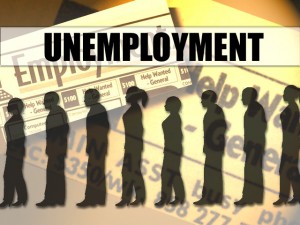
Bill Wilson is the President of Americans for Limited Government. You can follow him on Twitter at @BillWilsonALG.
Below is the data from Schedule A of the Labor Department unemployment report:
| Category | Nov. 2011 |
Sept. 2012 |
Oct. 2012 |
Nov. 2012 |
Change from: Oct. 2012- Nov. 2012 |
|---|---|---|---|---|---|
| Employment status | |||||
| Civilian noninstitutional population | 240,441 | 243,772 | 243,983 | 244,174 | 191 |
| Civilian labor force | 153,937 | 155,063 | 155,641 | 155,291 | -350 |
| Participation rate | 64.0 | 63.6 | 63.8 | 63.6 | -0.2 |
| Employed | 140,614 | 142,974 | 143,384 | 143,262 | -122 |
| Employment-population ratio | 58.5 | 58.7 | 58.8 | 58.7 | -0.1 |
| Unemployed | 13,323 | 12,088 | 12,258 | 12,029 | -229 |
| Unemployment rate | 8.7 | 7.8 | 7.9 | 7.7 | -0.2 |
| Not in labor force | 86,503 | 88,710 | 88,341 | 88,883 | 542 |
| Unemployment rates | |||||
| Total, 16 years and over | 8.7 | 7.8 | 7.9 | 7.7 | -0.2 |






